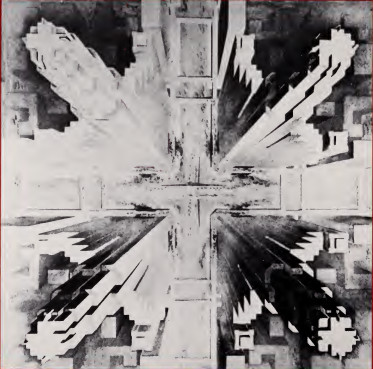
Architect Raymond Hood’s 1927 proposal “City of Towers” would have turned Manhattan into a forest of needles — it would encourage developers to release some land area to public ownership in return for permission to build higher:
Whole blocks would soon develop of their own accord, where two or three towers would provide more floor space than there is in the average block of today, and there would be ten times as much street area round about to take care of the traffic.
He surpassed that four years later with the “City Under a Single Roof,” in which each resident would spend as much time as possible in a single vertical building: “The Unit Building, covering three blocks of ground space, will house a whole industry and its auxiliary businesses. Only elevator shafts and stairways reach the street level. The first ten floors house stores, theaters and clubs. Above them is the industry to which the Building is devoted. Workers live on the upper floors.”
In a later proposal these enormous buildings merge into 38 “mountains,” positioned on alternate avenues at every 10th street. This would finally transcend the “congestion barrier”: The old bustle of the streets would now be moved permanently indoors.
